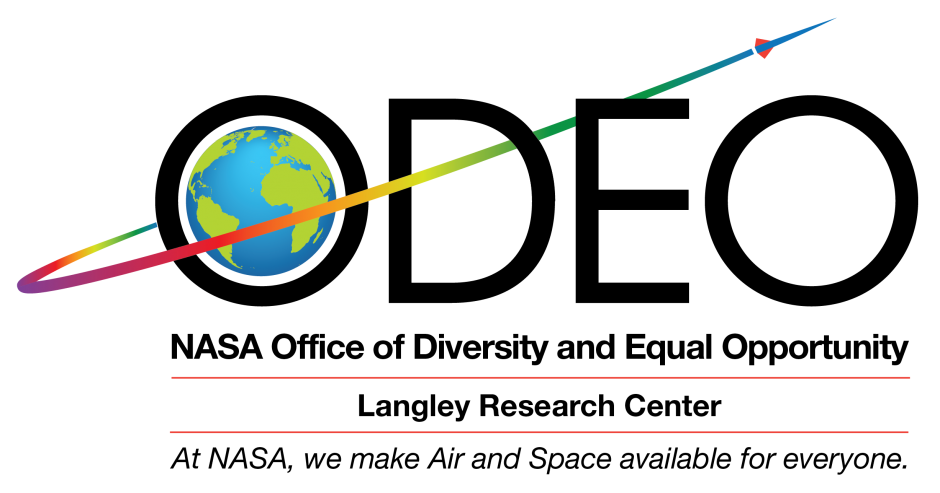
|
|---|
Aerospace Engineer
My work as an Aerospace Engineer involves development of new technologies and crew procedures for commercial aircraft flight decks. Past work involved systems that enhance safety (such as wind shear detection), increase airport capacity (allowing pilots to fly more efficient routes), enable commercial aircraft to make less noise and use less fuel on the descent to landing. Because our work involves crew procedures, I spend a lot of time working in our flight simulators, checking out what we have developed, and then running experiments with airline pilots as test subjects. I always learn something interesting about how pilots from different airlines and backgrounds fly their airplanes. I have also taken “jumpseat rides” – sitting in the seat behind the pilots’ seat on actual commercial airline flights, which is a truly unique and exciting experience!
I earned a Master of Science in Aerospace Engineering from Texas A&M University, and Bachelor of Science in Engineering from the University of Illinois at Chicago. In 1996 I achieved a big goal – earning my Private Pilot’s License. (Single-Engine Land) – Langley AFB Aero Club
Typical Day
An average day for me consists mostly of working at my desktop computer, but when we are getting ready to do an experiment, we fly the simulator a couple of times a week to check things out. For each experiment, the whole process can take a year or more. Sometimes the project requires a flight test, in which case we use one of our test aircraft. When I first started working at LaRC our test aircraft was a Boeing 737, and we actually flew it through thunderstorms looking for windshear – very exciting! The process of doing research (from concept definition through report-writing) provides enough variety that I don’t ever get bored, because I always have something different to look forward to – especially when I get to fly in a simulator or airplane!
When I was young, I was always good at math and science. My high school sophomore Chemistry teacher was my role model and inspiration to study engineering. She always provided encouragement, and recognition of my natural abilities. I probably would have gone into engineering anyway, but it was really nice to know a woman who had succeeded in the world of science. At the time I didn’t realize how few women studied engineering, I just knew that I really liked math and science, and thought engineering was a great way to combine the two. As I got into my upper-level undergraduate courses, there were very few females in my classes, but I was used to it by then, and it didn’t really matter to me. In my senior year, I decided to apply to graduate school to better prepare myself to work as an Aerospace Engineer.
Although the course work was difficult, and money was often not easy to come by, I was not interested in any other career, so I stuck with Engineering. I was extremely fortunate to always have the support and encouragement of my parents, neither of whom had much of an education. Being Mexican immigrants, they recognized the great potential that this country holds, especially for those fortunate enough to be born here. They always wanted us to stay in school as long as possible, and never complained about the cost of sending us to college. My father was especially proud that I was studying engineering, which was really surprising considering the rural background from which he came, where women (at that time) did not go to college. My parents recognized education as the key to a good career, and made sure we knew it since we were very young. Because of this, I had the most important thing that young girls need – the support and encouragement to know that I could do most anything my heart desired. That made all the difference to me, and I’m glad that I grew up not knowing that girls were “not supposed to be” engineers.
When I’m not at work I like to do things like sailing, rollerblading, skiing, and bicycling. Lately, I haven’t had as much time for those things because my husband and I have two young boys, but they are getting old enough to join in the fun with us soon!
As a young kid, I never imagined I would ever be flying an airplane, or working for NASA. Getting to this point in my life has been a long process, but even though there were some difficult times, it has all been worth it. I love the job I have and the people I work with. The work environment is great, and I have learned a great deal.
Philosophy
Everyone has times when they are unsure of themselves, or wonder whether they have what it takes to succeed in what they set out to do. At those times you just need to take a chance and believe in yourself, to find the courage to believe that everything will be okay, and take a big plunge into unknown waters to realize your dreams. Since I love sailing, the phrase that most rings true for me has a nautical theme: You cannot discover new oceans unless you have the courage to lose sight of the shore.
JANUARY 2005
|
NASA Langley Research Center is located in the city of Hampton, near the mouth of the Chesapeake Bay. NASA Langley continues to forge new frontiers in aviation and space research as it has since 1917, when it was established as the nation’s first civilian aeronautics laboratory! It is considered the NASA “Mother” center. Not only does Langley develop Airframe Systems, scientists also examine the layers of air planes and spacecraft fly through in Atmospheric Sciences. For more information, visit NASA Langley Research Center home page. |

